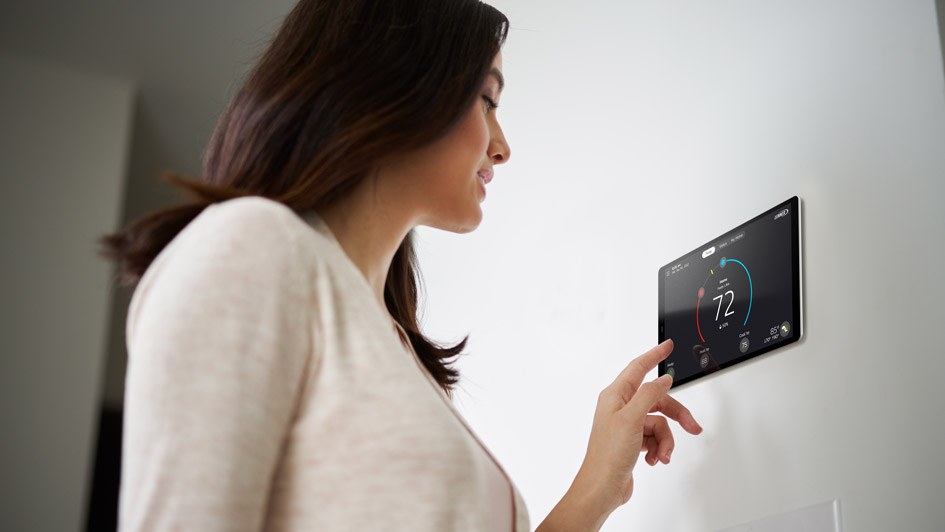
When the weather is cooling off, you may be concerned about how you’ll take full advantage of your heating and cooling. After all, HVAC bills can add up to a large piece of your monthly electric bill. To learn new ways to lower their HVAC bill, some owners look closely at their thermostat. Is there a setting they could use to boost efficiency?
The bulk of thermostats come with a ‘Fan’ or ‘Fan On’ setting. But if the fan is on during a normal cycle, what can the fan setting provide for the HVAC system? This guide should help. We’ll walk through what exactly the fan setting is and whether you can use it to save money during the summer or winter.
How Do I Access the Fan Setting on My Thermostat?
For most thermostats, the fan setting signifies that the system's blower fan keeps running. Certain furnaces may continue to generate heat at a low level in this setting, but for the most part heating or cooling isn’t being made. The ‘Auto’ setting, conversely, will start the fan over a heating or cooling cycle and turn it off after the cycle is over.
There are benefits and drawbacks to trying the fan setting on your thermostat, and what's ideal {will|can|should]] depend on your distinct comfort preferences.
Advantages to trying the Fan/On setting:
- You can keep the temperature in every room more uniform by permitting the fan to keep circulating air.
- Indoor air quality can increase because steady airflow will keep forcing airborne particles into the air filter.
- Fewer start-stop cycles for the system's fan helps extend its life span. As the air handler is usually a component of the furnace, this means you could minimize the risk of needing furnace repair.
Disadvantages to utilizing the Fan/On setting:
- A nonstop fan will likely add to your energy expenses slightly.
- Continuous airflow can clog your air filter soon, increasing the frequency you should replace it.
{Choosing Between|Should My Thermostat Be on|Which Setting for My Thermostat? Fan or Auto in Summer/Winter
In the summer, warm air will sometimes linger in unfinished spaces such as the attic or an attached garage. If you leave the fan on, your HVAC system may pull this warm air into the rest of your home, forcing the HVAC system to work harder to maintain the desired temperature. In severe heat, this could lead to needing AC repair more regularly as wear and tear grows.
The reverse can take place over the winter. Cooler spaces like a basement will hold onto cooler air, which may eventually flow into the rest of your home. Leaving the fan running will sometimes pump more cold air upward, increasing the amount of heating you need to stay warm.
If you’re still trying to determine if you should use the fan/on setting, don’t forget that every home and family’s comfort needs will vary. Leaving the HVAC system’s fan on may be ideal for you if:
Someone in your household has allergies. Allergies and other respiratory conditions can be tough on the family. Leaving the fan on is more likely to enhance indoor air quality, helping your family breathe easier.
Your home has hot and cold spots. Many homes deal with difficult hot and cold spots that quickly shift to a temperature different from the rest of the house. The fan setting can help lessen these changes by constantly refreshing each room’s supply of air.
